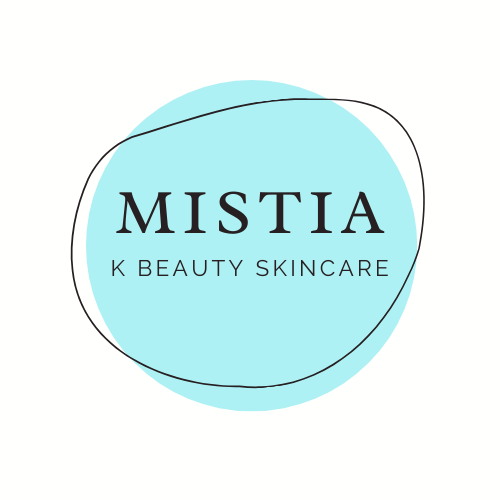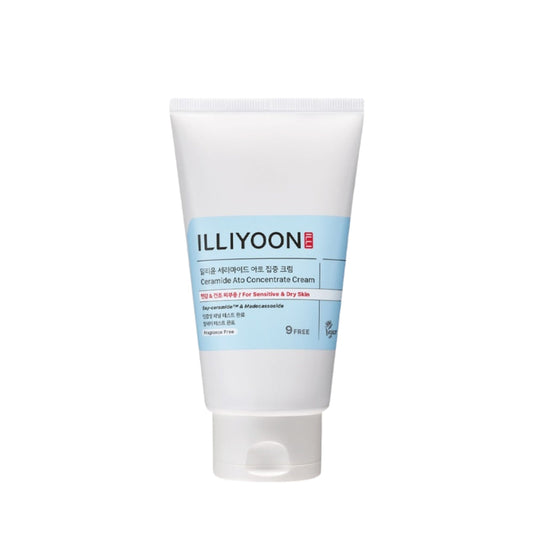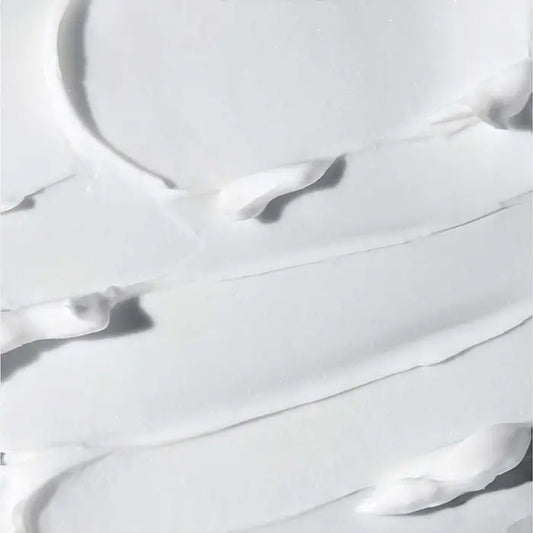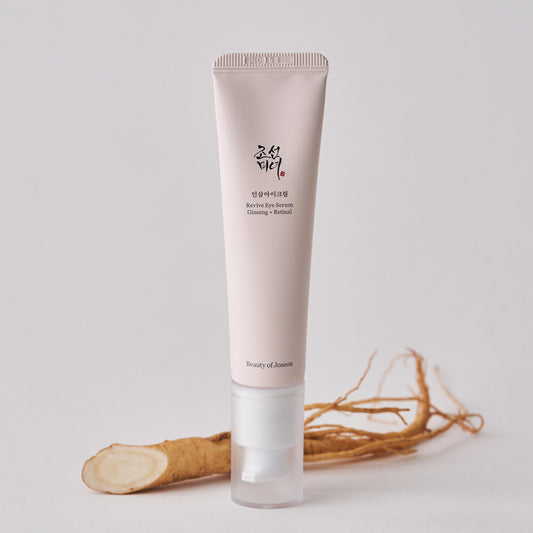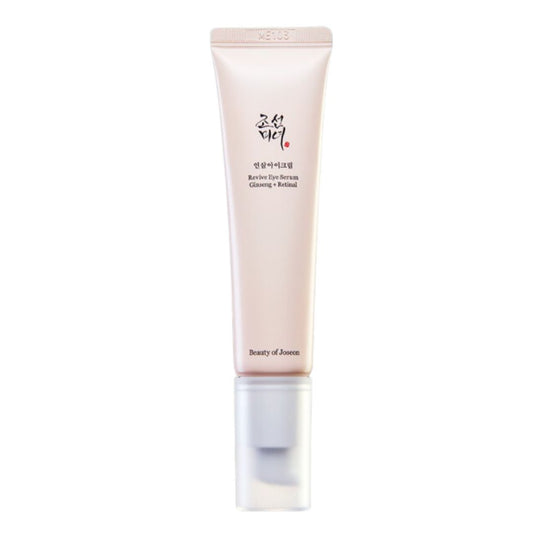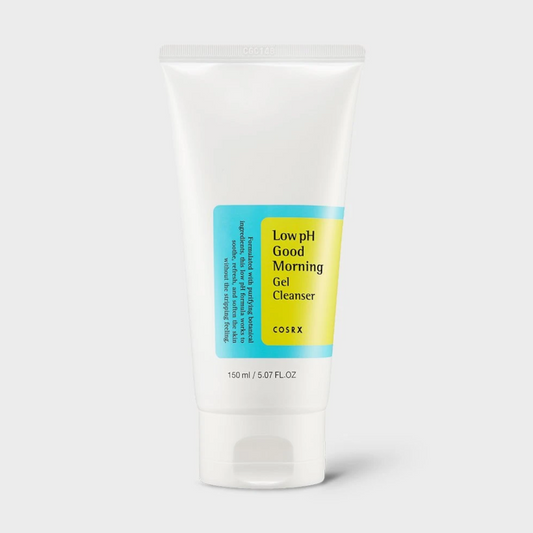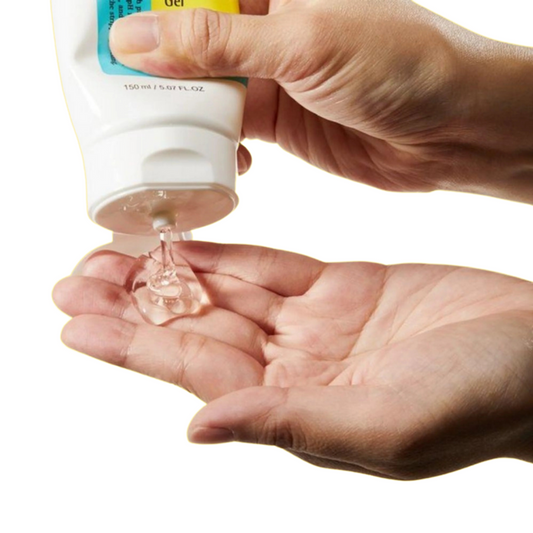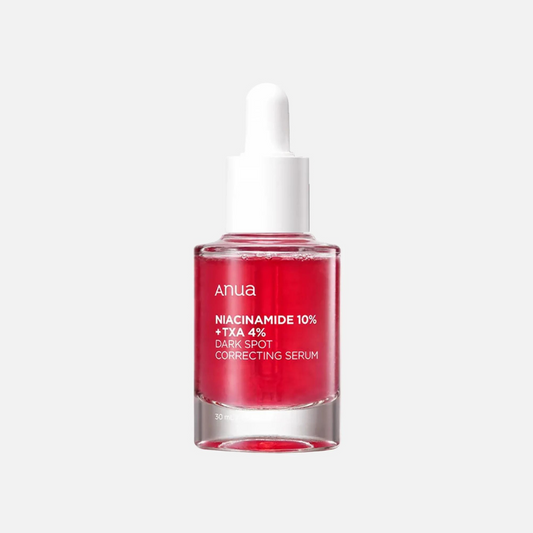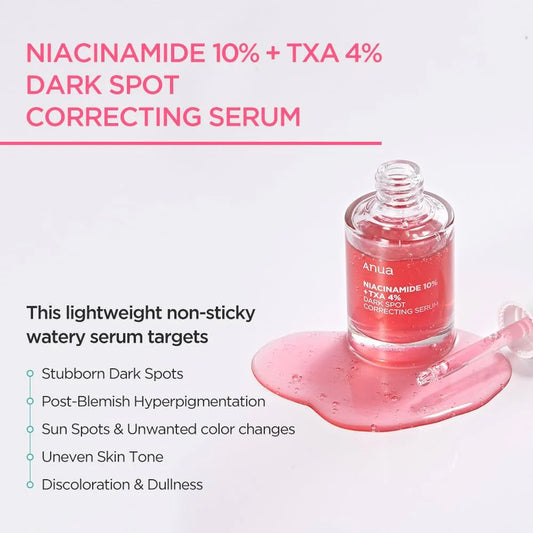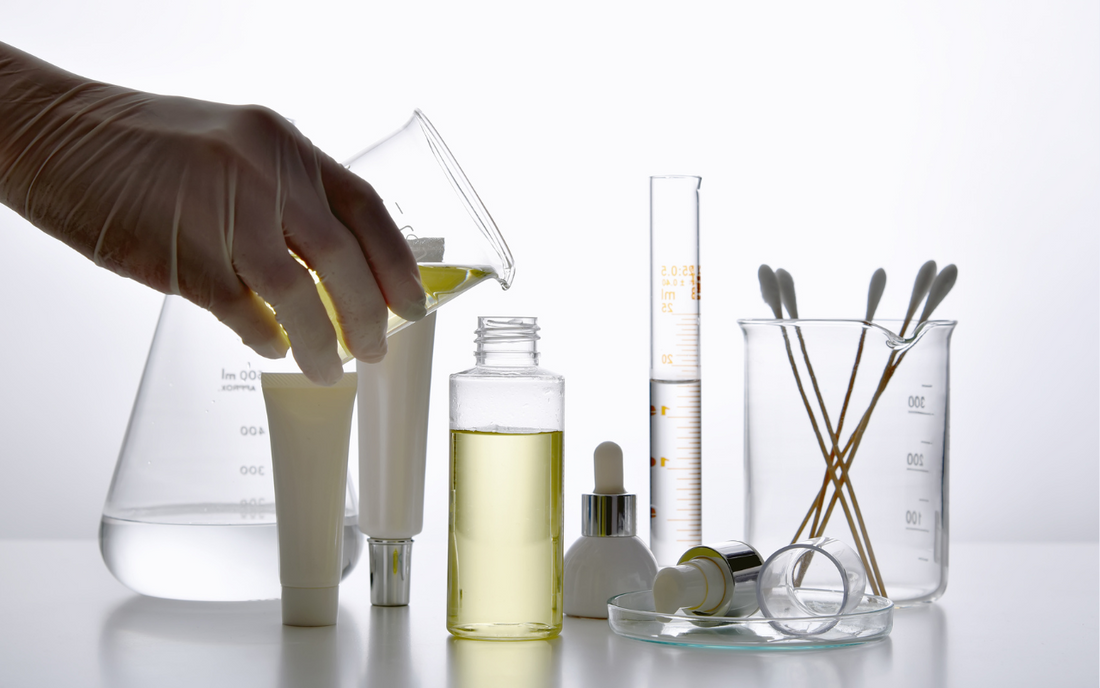
Deciphering Cosmetic Labels: Parabens, TEA, and More
Share
The world of cosmetics and skincare can be complex, filled with ingredients that may not be immediately familiar. To help you navigate this landscape, we'll examine four common ingredients: parabens, polyacrylamide, imidazolidinyl urea, and triethanolamine (TEA), outlining their uses and potential concerns.
1. Paraben
Parabens are a class of synthetic preservatives widely used in cosmetics, pharmaceuticals, and personal care products. Their primary function is to prevent the growth of bacteria, mold, and yeast, extending product shelf life and ensuring safety. Due to their effectiveness, low cost, and long history of use dating back to the 1920s, parabens have been a staple in many formulations.
Common Paraben Names:
- Methylparaben
- Ethylparaben
- Propylparaben
- Butylparaben
- Isobutylparaben
- Isopropylparaben
- Benzylparaben
Chemical Names
- Methyl 4-hydroxybenzoate
- Ethyl 4-hydroxybenzoate
- Propyl 4-hydroxybenzoate
- Butyl 4-hydroxybenzoate
Concerns
Over the years, parabens have been the subject of debate and concern regarding their safety, but regulatory bodies generally consider them safe for use in cosmetics within established limits. Health Canada completed a draft risk assessment of parabens and proposed that some parabens may pose a risk, but it also proposed that at current levels of exposure from cosmetic products, parabens are not considered to be harmful.
2. Polyacrylamide
Polyacrylamide is a polymer formed from acrylamide subunits. It is used in cosmetics and skincare products primarily as a binding agent, thickener, stabilizer, and film forming properties. It helps to create smooth, spreadable textures in lotions, creams, and hair care products.
- 2-Propenamide, homopolymer
- Acrylamide, polymers
- Acrylamide polymer
- PAM
Concerns
The primary risk associated with polyacrylamide stems from the potential presence of residual acrylamide monomer. Acrylamide is classified as a probable human carcinogen and it is also a neurotoxin. While the presence of acrylamide is a concern, it's important to understand that the risk is related to the residual amount, not the polyacrylamide itself. Manufacturers are expected to follow regulations and take steps to minimize residual acrylamide in their products.
3. Imidazolidinyl Urea
Imidazolidinyl urea is an antimicrobial preservative widely used in cosmetics and personal care products. It functions as a formaldehyde-releasing preservative. This means it slowly releases formaldehyde, which inhibits the growth of microorganisms like bacteria and mold, thereby extending the shelf life of products.
Alternate Names
- Germall 115
Concerns
Although it releases formaldehyde, the amounts are generally considered safe for cosmetic use within regulated concentrations. However, some individuals may have sensitivities or allergies to imidazolidinyl urea, leading to contact dermatitis.
4. Triethanolamine
Triethanolamine (TEA) is a chemical compound that's commonly used in a variety of personal care products and cosmetics. It primarily functions as a pH adjuster, but it can also act as a surfactant and emulsifier. This means it helps to blend oil and water.
Triethanolamine is found in a wide range of products, including lotions and creams, shampoos and conditioners, cleansers, and sunscreen.
Alternate Names
- Trolamine
- 2,2',2''-Nitrilotriethanol
- TEA
- Tris(2-hydroxyethyl)amine
Concerns
It's important to be aware that there have been some concerns raised about potential health risks associated with triethanolamine, particularly when it's used in combination with certain other ingredients that can form nitrosamines that are known carcinogens. In conclusion, while TEA itself is not inherently highly toxic, the potential for nitrosamine formation and the risk of irritation warrant careful consideration.
5. Silicone Oils
Silicones, derived from silica (sand), are synthetic polymers widely used in skincare for their exceptional ability to create a smooth, velvety texture and form a protective, moisture-locking barrier.
Alternate Names
- Dimethicone
- Cyclomethicone
- Siloxanes
Concerns
While silicones are generally considered safe for topical use, some heavier silicones can trap sebum, dirt, and dead skin cells, potentially leading to clogged pores and breakouts, especially in acne-prone skin. Proper cleansing is essential to remove silicone residue from the skin.
Resources:
- https://www.ewg.org/what-are-parabens
- https://www.canada.ca/en/health-canada/services/chemicals-product-safety/parabens.html
- https://pmc.ncbi.nlm.nih.gov/articles/PMC8243994/
- https://www.britannica.com/science/polyacrylamide
- https://www.cancer.org/cancer/risk-prevention/understanding-cancer-risk/known-and-probable-human-carcinogens.html
- https://pubmed.ncbi.nlm.nih.gov/34141160
- https://pubchem.ncbi.nlm.nih.gov/compound/Triethanolamine
- https://www.canada.ca/en/health-canada/services/drugs-health-products/drug-products/applications-submissions/guidance-documents/nonprescription-drugs-labelling-standards/triethanolamine-salicylate-trolamine.html
- https://en.wikipedia.org/wiki/Polydimethylsiloxane
